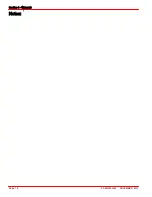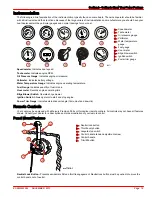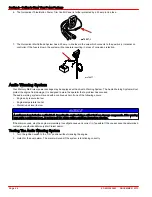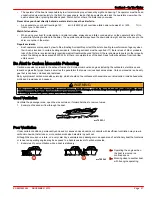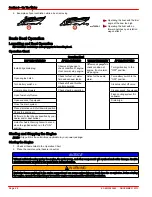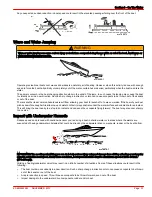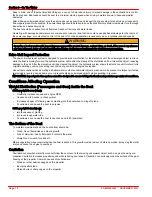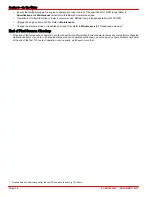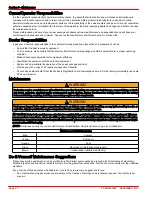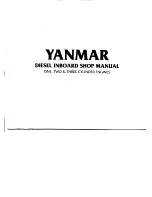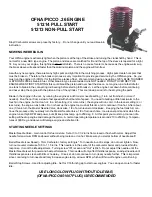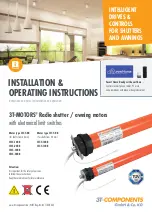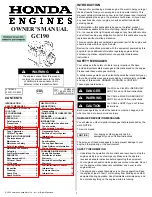
Section 3 - On The Water
90-8M0053263 NOVEMBER 2010
Page 27
•
The operator of the boat is responsible by law to maintain a proper lookout by sight and hearing. The operator must have an
unobstructed view particularly to the front. No passengers, load or fishing seats should block the operators view when the
boat is above idle or planing transition speed. Watch out for others, the water and your wake.
Never drive your boat directly behind a water skier in case the skier falls.
•
As an example, your boat traveling at 40 km/h (25 MPH) will overtake a fallen skier who was 61 m (200 ft.) in
front of you in 5 seconds.
Watch fallen skiers.
•
When using your boat for water skiing or similar activities, always keep a fallen or down skier on the operator's side of the
boat while returning to attend to the skier. The operator should always have the down skier in sight and never back up to the
skier or anyone in the water.
Report accidents.
•
Boat operators are required by law to file a Boating Accident Report with their state boating law enforcement agency when
their boat is involved in certain boating accidents. A boating accident must be reported if 1) there is loss of life or probable
loss of life, 2) there is personal injury requiring medical treatment beyond first aid, 3) there is damage to boats or other property
where the damage value exceeds $500.00 or 4) there is complete loss of the boat. Seek further assistance from local law
enforcement.
Be Alert to Carbon Monoxide Poisoning
Carbon monoxide is present in the exhaust fumes of all internal combustion engines including the outboards, sterndrives and
inboard engines that propel boats, as well as the generators that power various boat accessories. Carbon monoxide is a deadly
gas that is odorless, colorless and tasteless.
Early symptoms of carbon monoxide poisoning, which should not be confused with seasickness or intoxication, include headache,
dizziness, drowsiness and nausea.
!
WARNING
Carbon monoxide poisoning can lead to unconsciousness, brain damage, or death. Keep the boat well ventilated while at rest
or underway and avoid prolonged exposure to carbon monoxide.
Good Ventilation
Ventilate the passenger area, open the side curtains or forward hatches to remove fumes.
1. Example of desired air flow through the boat.
mc79553-1
Poor Ventilation
Under certain conditions, permanently enclosed or canvas enclosed cabins or cockpits with insufficient ventilation may draw in
carbon monoxide. Install one or more carbon monoxide detectors in your boat.
Although the occurrence is rare, on a very calm day, swimmers and passengers in an open area of a stationary boat that contains
or is near an operating engine may be exposed to a hazardous level of carbon monoxide.
1. Examples of poor ventilation while a boat is stationary:
a -
Operating the engine when
the boat is moored in a
confined space
b -
Mooring close to another boat
with its engine operating
mc79554-1
a
b
Содержание 3.0L TKS Alpha
Страница 4: ......
Страница 8: ...Page iv 90 8M0053263 NOVEMBER 2010 ...
Страница 24: ...Section 1 Warranty Notes Page 16 90 8M0053263 NOVEMBER 2010 ...
Страница 84: ...Section 6 Storage Notes Page 76 90 8M0053263 NOVEMBER 2010 ...




